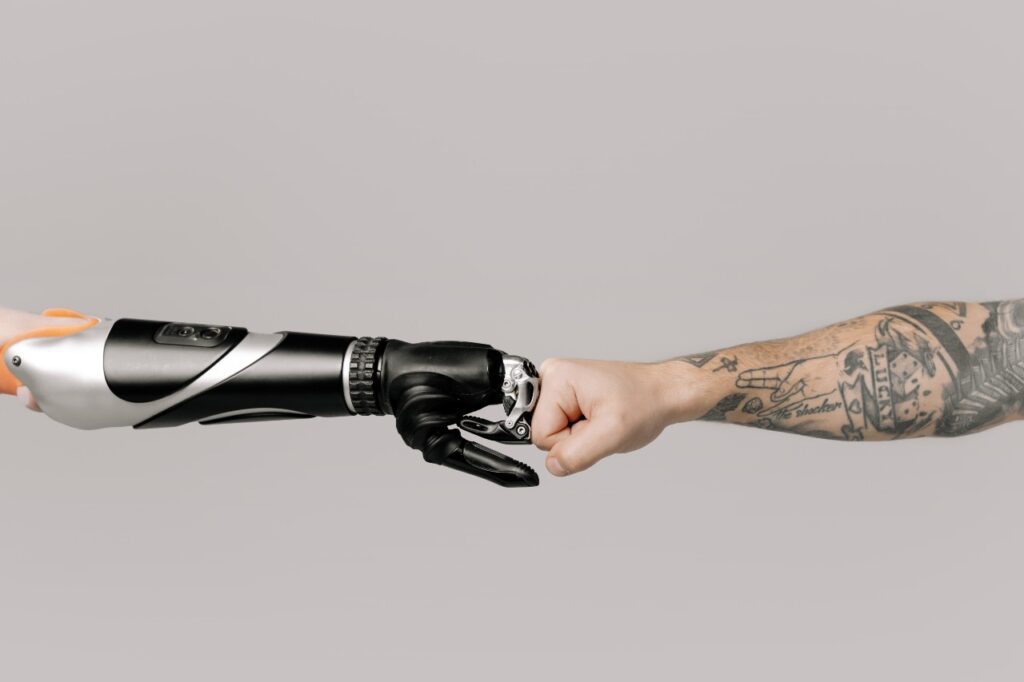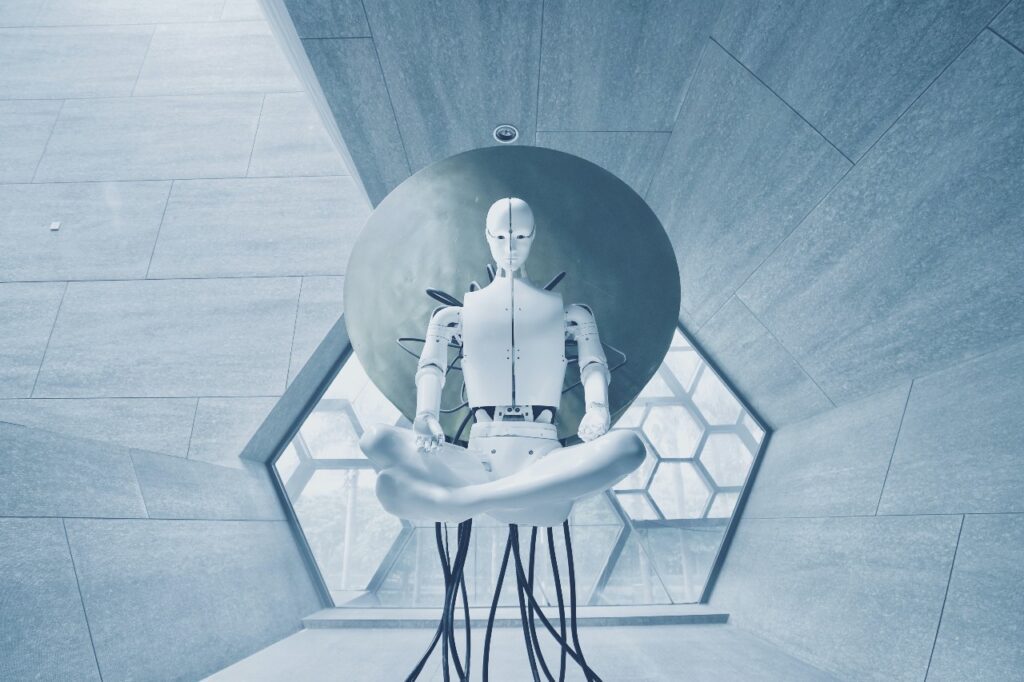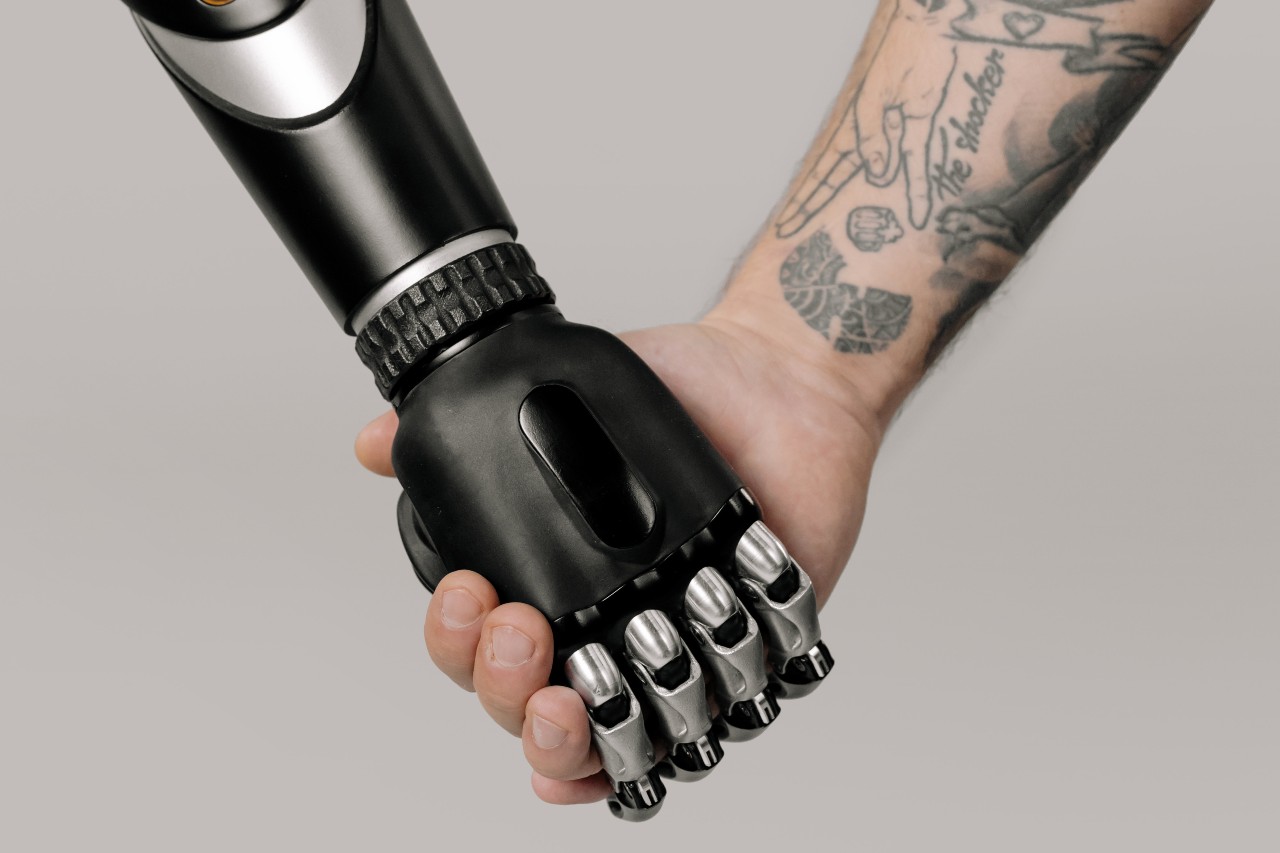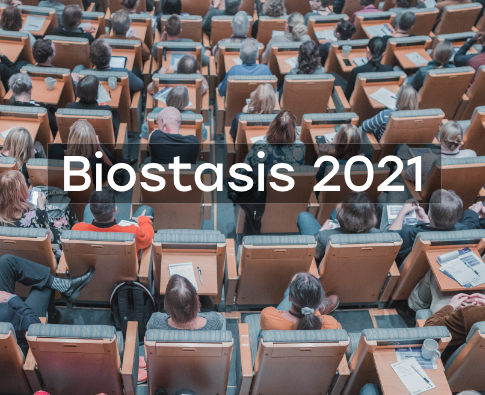The thought-provoking envisionments of Yuval Harari shocked everyone when published in 2015. Homo-Deus is a book that compiles how human culture and technology are hand-in-hand transforming Homo sapiens into Homo-Deus. This book summary sheds light on the top four theories of the future of humans predicted by Harari and how they interact with cryonics.
Professor Harari wrote Homo-Deus: A Brief History of Tomorrow as a sequel to his New York Times’ Bestseller masterpiece Sapiens: A Brief History of Humankind. Homo-Deus (Latin for Godlike Man) meticulously endeavors to anticipate what the world would look like in the future – a world where godlike technologies, like genetic engineering and AI, have changed how humans work, socialize, govern, live, and love, or even what they become as beings.
We’ve picked four key prophecies from Homo-Deus that are indispensable for every Timeskipper.
The First Prophecy: Future Humans Defeating Death
Harrari starts his future prophecies with the boldest challenge in human history – defying death itself.
Most people in the cryonics community share the same vision, believing in an upcoming technological leap that will eventually conquer death, revive cryopreserved patients, and enable mankind to obtain eternal life.

Why is it valid to believe in this prophecy?
The book puts it so simply: “For the first time in history, more people die today from eating too much than from eating too little; more people die from old age than from infectious diseases…”
It is a fact that humans today have managed to reduce the global risk of famine, diseases, and major wars to unprecedented levels in most of the world. It is slowly getting harder to die.
We are at that stage in history where we can imagine avoiding death as a technological problem that enough research and technological investment could possibly solve.
The healthcare industry’s growth strategy has already shifted from survival to wellness, and its aim is to slow aging and enable mortality through biomedical motions.
We can imagine this prophecy in practice when we see Google Venture Manager, Bill Maris, announce in 2015 that the tech giant is investing $425 million to solve aging and immortality problems. He himself believes in the possibility of living to 500.
Since 2015, many things have happened that have only proved Harari right. The Google-backed company Calico has partnered with AbbVie to produce more than twenty programs on immune-oncology diseases and neurodegeneration. The two companies announced that they are targeting three neurodegenerative and cancer diseases.
Recently, there have been reports from Silicon Valley that Altos Labs, a newly-established company backed by Jeff Bezos, Yuri Milner, among other investors, is poaching the top longevity scientists in the world to tackle the “problem” of death.
The book mentions Ray Kurzweil, winner of the US National Medal of Technology and Innovation, as one of the credible true believers in the possibility of defeating death. When asked, Kurzweil said that using nanobots as immune system treatments could be possible by 2030, and creating a nanobot-empowered virtual body might be feasible by 2050.
According to him, in the future, people would have regular clinic visits, similar to our current dentist visits, to get a ‘makeover treatment’ that would prevent illnesses, regenerate dying cells, and upgrade vital organs and limbs.
Yet, we might need to remind ourselves to be careful what we wish for. It seems like a philosophical nightmare to imagine living 200 years, 500, or forever. What kind of life would that be? And would it be a life that we could enjoy living?
The Second Prophecy: The Rise of Cyborgs
Once death is defeated, What comes next?
Professor Harari anticipates even wilder scenarios of how we will harvest technological progress.
Immortality is just the beginning.
He argues that the upgrading of Homo-Sapiens to Homo-Deus, the transformation into a godlike man, will follow three engineering paths: biological upgrade (better humans), cyborgs (humans+machines), non-organic beings (non-humans).
While bioengineering would replace the function of natural selection, by taking the lead in rewriting the genetic code of humans into a better one, cyborg technology goes a step further by merging the biological body with brain chips, bionic organs, and bloodstream nanobots.
Soon, cyborgs will rise from being a spooky idea into a real trend.
Take reading glasses for example, these began as a scientific gadget with a narrow application spectrum at the beginning of the last millennia, then it became a luxury product for the wealthy, and later a commercial “eye-upgrading” product for the public by the end of the millennia. We can sensibly expect brain-controlled limbs, bionic eyes, and hand-embedded chips to become a commercial need for the public by the year 2060.

This prophecy of an imminent rise of the cyborgs is closer to reality than it is to science fiction.
As Harari puts it: “Most people think of Cyborgs products as a fantasy they will never live to witness. Meanwhile, in their daily lives, they rely on their smartphones for navigation, stroll the streets on electric hoover-boards, and get a LASIK operation for a better sight. The gap between technology and our own biological body is, against our expectations, getting thinner; we are on the inevitable road to becoming Cyborgs.”
No longer science-fiction, or an audacious envisionment, the rise of cyborgs is happening in front of our eyes.
In 2008, we watched how a monkey learned to control bionic hands and feet using only its brain. By 2015, Johnny Matheny was the first human to attach a mind-controlled prosthetic arm to his body directly. Then in 2016, Greg Gage showed in his TED talk how you could even control someone else’s arm with your brain. Today, in 2021, you can watch a YouTube video to learn how to use a 3D printer to build a robot arm that learns movements using a python-programmed AI.
Bionic arms and hands powered by muscle sensors are commercial products sold by companies like OpenBionics, Aetherbiomedical, and Ossur. You can even find a complete price list comparison here. But that is already becoming yesterday’s news.
A Swedish team is taking the next step, working on a concept that will add the sense of touch to bionic arms.
The evolution has been fast. Now, how many years till non-amputees can buy extra artificial limbs systems used to control smart homes, or perform dangerous or complex tasks? You do the math.
The cyborg revolution is taking place everywhere. Think microchip implants. In 2015, the Swedish startup Epicenter allowed its employees to use implants to open doors; the same idea was later adopted by a Russian doctor in his hospital. Epicenter now wants to use this technology as a safer alternative to cash or card payments.
We have all followed Elon Musk’s startup company in awe as they pitched their chip implants prototype, showing a monkey brain controlling a game paddle. This was no lab-trial disintegrated from the human world, brain implants are now approved and applied in helping patients relieve severe depression symptoms.
Cryonicists are indeed putting high hopes on the rapid development of cyborg technology.
Once we can possibly enhance or completely replace our biological limbs and organs with bionic ones, reviving cryopreserved patients becomes a more manageable challenge. With a full-cyborg body scenario in mind, many will prefer to use the cost-efficient alternative of preserving only their brains rather than complete body preservation.
Looking at how quickly this is advancing, we ought to think that a transformation to cyborgs is only a matter of time, investment, and intelligent business models.
The final path of the godlike transformation takes cyborgs to the next level, where humans will find no point in integrating anything of biological nature into their own beings. Once cyborg organs prove more efficient, resilient, and sustainable than biological ones, once the human mind, consciousness, and awareness are separated from the brain and converted into digital form, we can be identified as non-biological entities, as non-human.
The Third Prophecy: The Birth of Dataism Religion
After conquering death and upgrading our biological being to a superhuman level, we shall finally claim our absolute mastery on Earth. But there is only one tricky flaw here: “we” won’t mean the same anymore.
Transhumans’ superiority would come from their complete dependency on a data-driven life platform. In our journey from humans to transhumans, we are (and will be) giving up our belief in our natural human instinct and converting in masses to Dataism.
Dataism is a term introduced by the New York Times columnist David Brooks and later adopted in the Homo-Deus book. The term embraces a rather futuristic philosophy than a traditional religion. It insinuates that the meaning of life itself is in connecting to the universal data flow; that our own existence is defined by how much we contribute and interact with the global network connecting living (and non-living) beings.

The belief and practice of Dataism can be simplified as a Facebook story – your way of giving meaning to your existence is by contributing to a community of data flow with a piece of information depicted in a video or photo.
Although this is more than just the average attachment to social media, this philosophy accompanies you when you are buying products on Amazon, following others’ suggestions (data), when Netflix suggests the next movie you should watch (data), when you respond to reading a news article (data), when you are selling your stocks in a company, and driving into the water after following the Google Maps navigation system (data).
Harari defines future followers of that religion, ‘the Dataist’, as people who believe that by disconnecting from such data flow they risk losing the very meaning of life; that the value of anything depends solely on its ability to process data; people who value raw data over actual human experiences.
Dataism is the better alternative to democracy, liberalism, and personal autonomy. It suggests that your democratic vote is less reliable than what a personalized voting algorithm is proposing. It implies that your liberal choice to choose sexual orientation is not as true as the personality analysis algorithm. Likewise, it ultimately condemns you to replace your personal preference of a funny video with what the Facebook algorithms think is funnier for you.
This prophecy predicts a future where we will have invented an artificial intelligence that can understand our feelings better than our psychiatrists and ourselves, that knows our body better than our doctors, that knows what things we would enjoy before even trying them.
What a wonderful and convenient life that would be, having such intelligence manage our lives. But what would become of us if these machines were to become even more intelligent than that?
The Fourth Prophecy: IoT and The End of Sapiens
Many critics of cryonics think beyond the technological challenges of reviving healthy cryogenically-preserved people and believe the problem with bringing these people to life again, after decades of preservation, is that they won’t be able to relate to such a world, and it ultimately might just be irritable to enjoy such a precious revived life.
Yet, the same hurdle is troubling Professor Harari at the end of his book. The visionary genius, who imagined the future of biology, science, and the philosophy of tomorrow, considers the world of 2100 unimaginable.

Despite what we know today and which technological advancements we can foresee, we lack the essential speed to consciously manage the non-stoppable evolution of our existence and thus visualize how life would be and mean by the end of this century.
His last prophecy is his scariest. It anticipates that humankind will eventually create new data-processing systems, which we started to call the ‘Internet-of-Things’ (IoT).
The IoT concept starts with the simple feature of a car connected to your garage door, automatically commanding it to open while you drive in without the need for you to interact. It evolves into a smart-home, where your digital alarm clock talks to your electric curtains to open up in the morning, and tells the speaker to play your favorite songs, and gets the car ready for you. Outside your home, it is the system that connects autonomous cars on a safe highway. On an industrial level, the system sends silicon patches orders from the robots manufacturing facility to the silicon manufacturing facility managed by robots.
An unimaginable network of communicating entities, in which humans contribute to only a tiny bit of the data exchanged. These systems consist of thousands of algorithms designed by us to perform tasks much more efficiently than any human could ever be; systems that will harness all the intelligence that is possibly there, uncoupled from any human consciousness.
It is the world where we, as physical entities, become less and less relevant. Humans will have finally broken free from their carbon-based biological bodies and become pure information entities, or as Harari likes to put it, “the end of Homo-Sapiens” – the next step in evolution.














